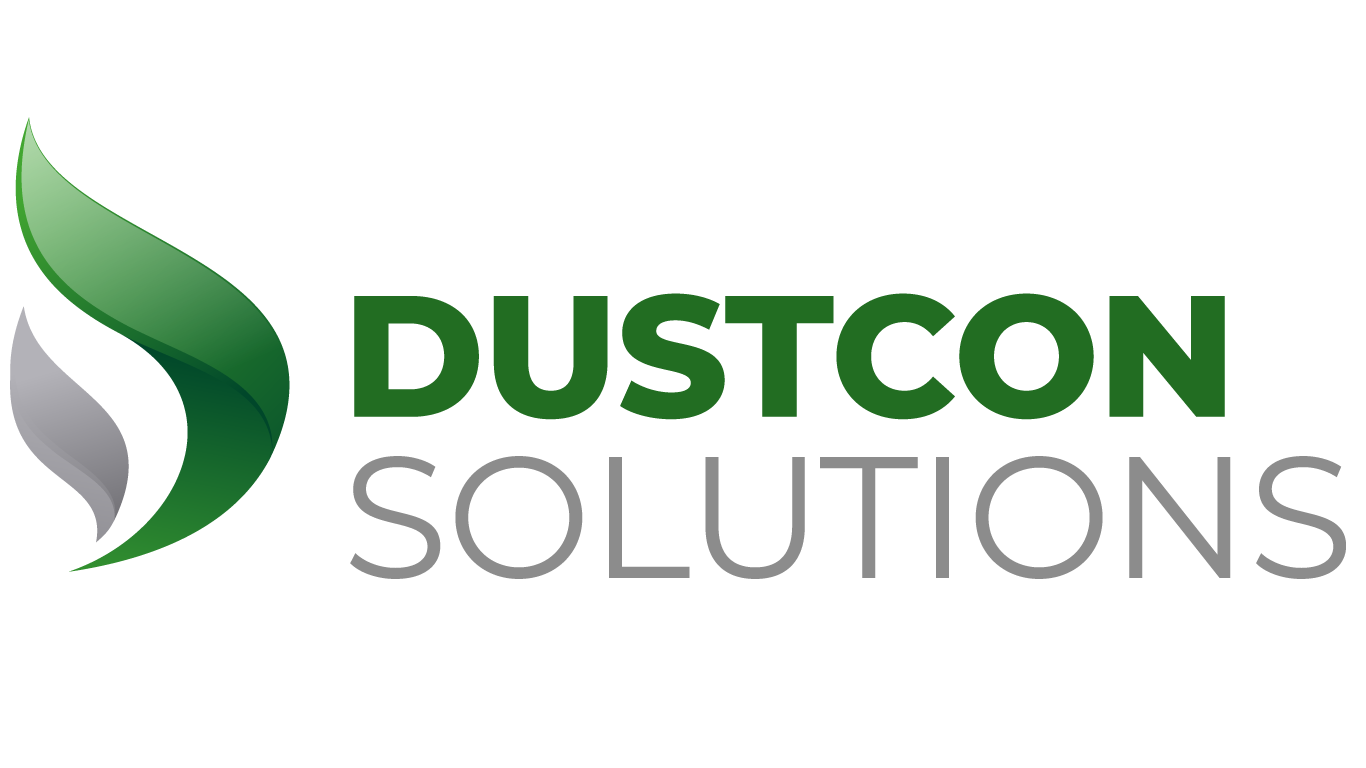How do I know if my dust is combustible?
The starting point for evaluating combustible dust hazards in your facility is understanding the risks of your specific dust. Variations in moisture content, particle size, particle shape, or composition can affect the explosiveness of a dust in significant ways. Therefore, both OSHA and NFPA have set forth guidance that all materials that may be considered combustible should be tested in order to clearly identify and assess the hazard.
Combustible dust testing generally refers to laboratory testing of finely divided combustible particulate solids that may presents a combustion/ flash-fire hazard or explosion hazard when suspended in air – or in another oxidizing medium.
Different Dust Tests & Options
Useful for determining parameters which are the basis of design for mitigation strategies such as deflagration venting and suppression.The tests below are most commonly used to fully characterize the risks associated with your dust and can be grouped as shown below
Initial screening to determine whether a dust will ignite. Uses a dust cloud dispersed around a strong ignition source.
ASTME 1226 – 2010
Determination of the Maximum Explosion Pressure (Pmax) of Dust Clouds – Part 2:2006 – Determination of the Maximum Rate of Explosion Pressure Rise (dP/dtMax ) of Dust Clouds
EN14034 – Part 1:2004
Determination of the Maximum Explosion Pressure (Pmax) of Dust Clouds – Part 2:2006 – Determination of the Maximum Rate of Explosion Pressure Rise (dP/dtMax ) of Dust Clouds
The Minimum Ignition Energy (MIE) lies between the lowest energy value (E2) at which ignition occurred and the energy (E1) at which in at least 10 successive experiments no ignition was observed. The energy range thus determined is called the Minimum Ignition Energy of a combustible dust in admixture with air.
Often called the LEL (lower explosive limit), the minimum explosible concentration (MEC) provides insight into the minimum amount of combustible dust that will explode when dispersed in air. This data can be used to define prevention methods against combustible dust explosions.
The minimum ignition temperature (MIT) is the lowest temperature of the furnace at which flame is observed minus 20 o C for furnace temperatures over 300 o C or minus 10 o C for furnace temperatures under 300 o C.
The minimum ignition temperature (MIT) is the lowest temperature of the furnace at which flame is observed minus 20 o C for furnace temperatures over 300 o C or minus 10 o C for furnace temperatures under 300 o C.
The limiting oxygen concentration (LOC), also known as the minimum oxygen concentration (MOC), is defined as the limiting concentration of oxygen below which combustion is not possible, independent of the concentration of fuel. It is expressed in units of volume percent of oxygen.
If you are interested in a dust test or just need some question answered, contact us!
Contact us to request your dust test. If you are unsure which dust test you need then please just send us an inquiry. We'll do the rest.
Request a Dust Test
Complete the form below to start the dust testing process.




